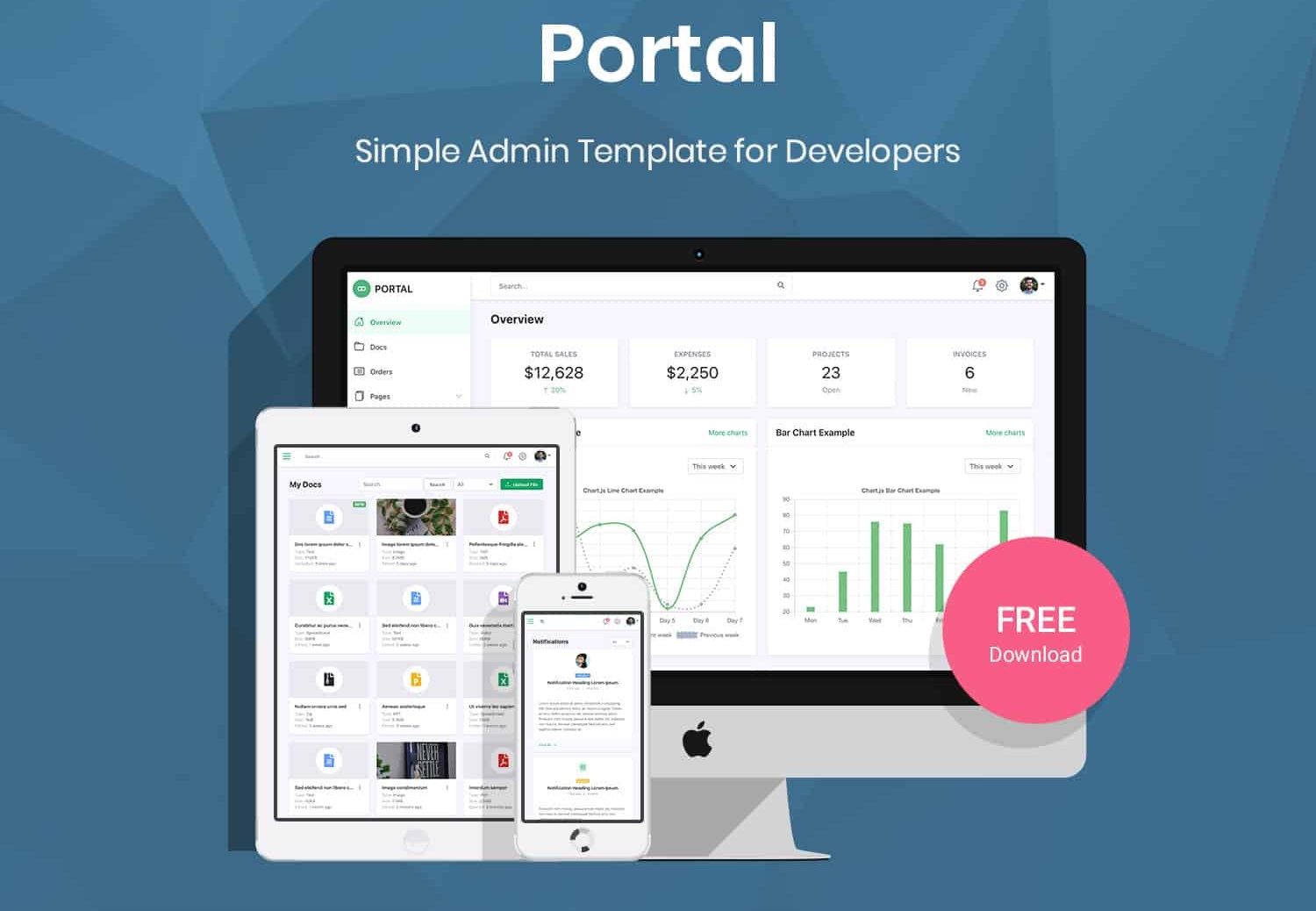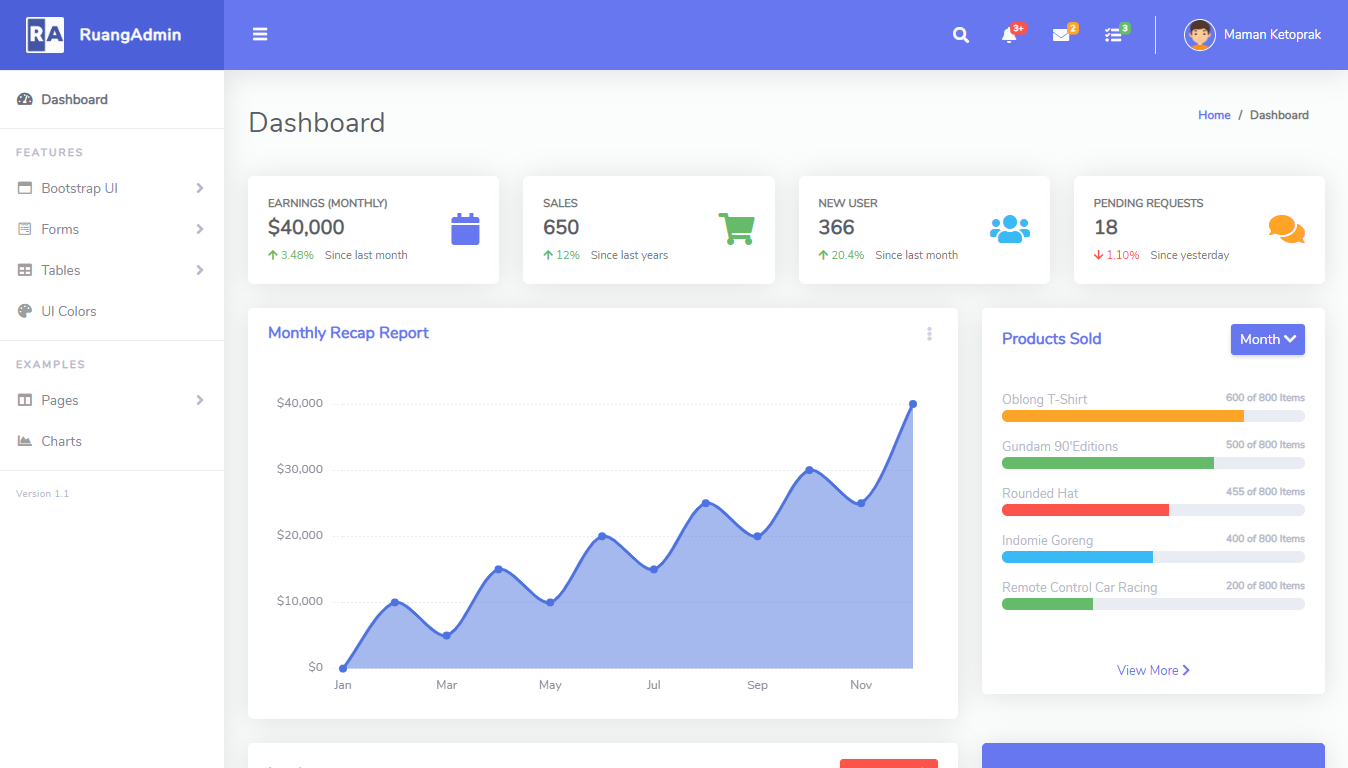How to increase session timeout in ASP.NET MVC
By Tan Lee Published on May 20, 2024 2.35K
What is the idle timeout for ASP.NET session?
The timeout is measured in minutes, with a default of 20 minutes and a maximum limit of 1 year. However, if you host the site on a shared Windows server, your log-in may expire much sooner than this setting.
To increase the session timeout in an ASP.NET MVC application, you need to adjust the session state settings in your web.config file.
How to implement session timeout in ASP.NET MVC?
Open the web.config file of your ASP.NET MVC project, then increase the value in minutes by using the time out attribute of SessionState element.
<!-- asp.net session mvc timeout -->
<system.web>
<sessionState timeout="300"></sessionState>
</system.web>By default, the session timeout value is 20 minutes. Also in your case if you are using forms authentication, please check the timeout value.
By setting the timeout attribute to a specific value, you're specifying the number of minutes the session remains active without any activity from the user. Adjust the value according to your application's requirements.
<system.web>
<authentication mode="Forms">
<forms loginUrl="~/Account/Login" protection="All" path="/" timeout="300" />
</authentication>
</system.web>Open IdentityConfig.cs, then change the value of the account logout time span that you want to change.
public class ApplicationUserManager : UserManager<CustomUser>
{
public static ApplicationUserManager Create(IdentityFactoryOptions<ApplicationUserManager> options, IOwinContext context)
{
var manager = new ApplicationUserManager(new UserStore<ApplicationUser>(context.Get<ApplicationDbContext>()));
// Configure user lockout defaults
manager.UserLockoutEnabledByDefault = true;
manager.DefaultAccountLockoutTimeSpan = TimeSpan.FromDays(1);
manager.MaxFailedAccessAttemptsBeforeLockout = 5;
return manager;
}
}
How to get session timeout value in ASP.NET C#?
In the code behind, you can add the following code to check the session timeout value.
// Get the session timeout value int sessionTimeout = Session.Timeout;
- How to Initialize TagHelpers in ASP.NET Core with Shared Data
- Essential Tips for Securing Your ASP.NET Website
- Top Security Best Practices for ASP.NET
- Boost Your ASP.NET Core Website Performance with .NET Profiler
- The name 'Session' does not exist in the current context
- Implementing Two-Factor Authentication with Google Authenticator in ASP.NET Core
- How to securely reverse-proxy ASP.NET Core
- How to Retrieve Client IP in ASP.NET Core Behind a Reverse Proxy





